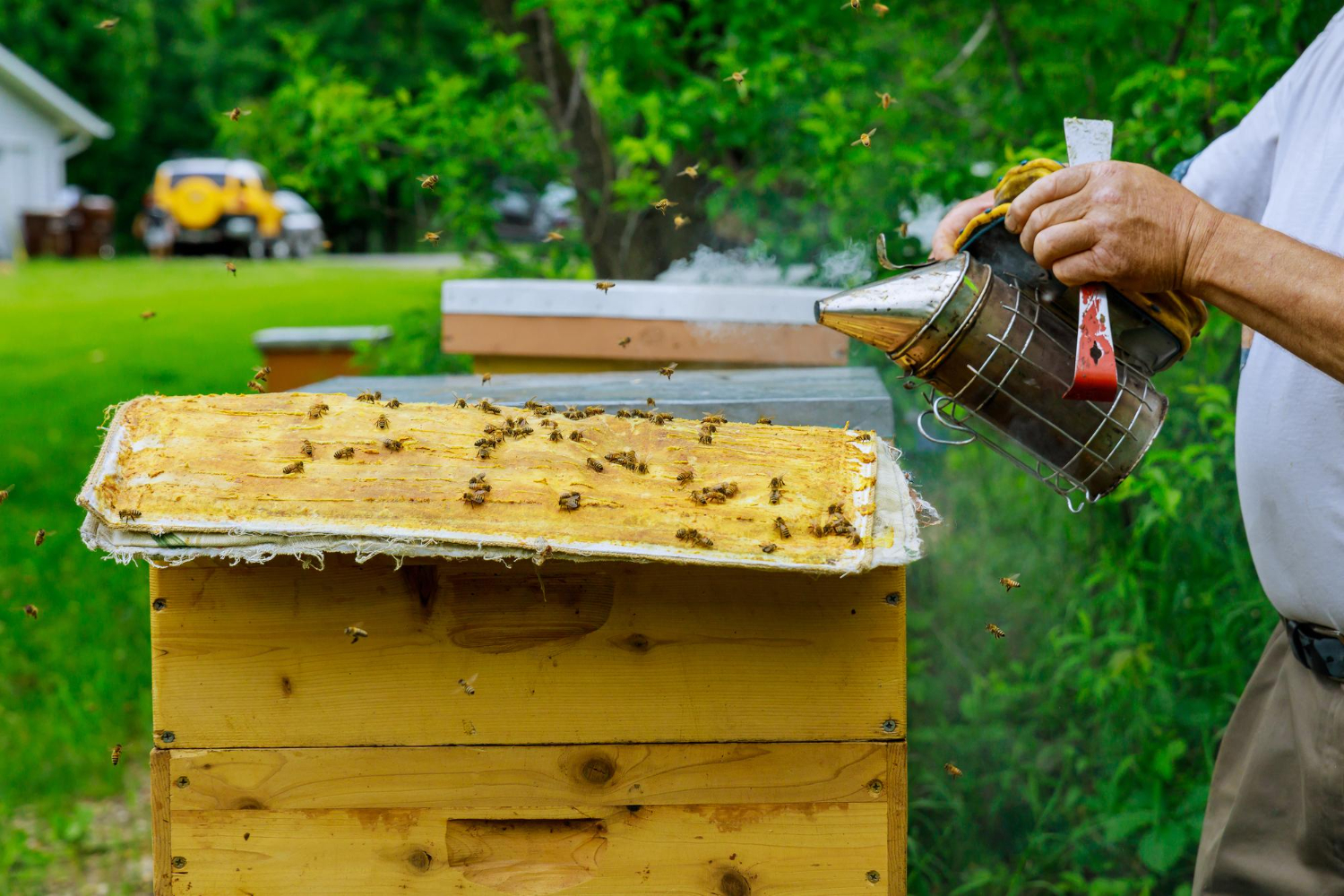Beekeeping is an ancient practice that has evolved significantly over the years, promoting sustainability and the careful management of bee populations.
One crucial aspect of hive maintenance is understanding whether sheared beehives can be reused, which not only influences hive longevity but also contributes to environmental sustainability.
In this blog post, we’ll delve into the world of sheared beehives, answering the question: can you reuse sheared beehives? Along the way, we’ll provide invaluable tips and best practices to ensure your beekeeping experience remains fruitful and healthy.
Understanding Sheared Beehives
Definition of Sheared Beehives
Sheared beehives refer to those that have been partially taken apart to manage or eliminate certain problems, such as pests or disease within the colony.
This practice is often necessary to maintain hive health, and it can involve the removal of some frames, combs, or structural components, which can sometimes lead to significant wear and tear.
Common Reasons for Shearing Beehives
Several factors may necessitate the shearing of beehives, including:
- Pest control: Infestations of mites or other pests may require careful dismantling.
- Disease management: Addressing issues like foulbrood necessitates thorough inspection and potential removal of infected frames.
- Colony management: Beekeepers sometimes shear beehives to reduce overcrowding or prepare for new bees.
Can You Reuse Sheared Beehives?
Yes, you can reuse sheared beehives, but with careful preparation and inspection. The effectiveness of reuse heavily relies on the condition of the hive components and whether they have been appropriately cleaned and maintained.
Discuss the Potential Pros and Cons
Pros:
- Cost-effective: Reusing existing equipment reduces the need to purchase new hives.
- Sustainability: Promoting recycling within beekeeping contributes to environmental health.
- Resource saving: Lower maintenance and material costs can enhance your beekeeping experience.
Cons:
- Risk of disease transmission: If not properly cleaned, reused hives may harbor diseases or pests.
- Potential damage: Sheared components may have wear or structural issues that could compromise colony safety.
- Beekeeping management challenges: Adjusting new colonies to reused hives may require extra effort.
Tips for Reusing Sheared Beehives
Cleaning and Sanitizing
- Importance of thorough cleaning: Ensuring all components are free from pathogens and contaminants is imperative for the health of the new colony.
- Recommended cleaning solutions and methods: Use food-grade hydrogen peroxide or a mild bleach solution to sanitize the hive components. Ensure everything is rinsed thoroughly and dried completely before reassembly.
Inspecting for Damage
- Key areas to inspect:
- Frames: Look for cracks, warping, or significant wear.
- Foundation: Ensure the foundation is intact and free of any mold or insects.
- Signs of wear or damage: Be vigilant for signs that may indicate structural weaknesses, which could affect the safety of the bees.
Replacing Components
- Parts that commonly need replacement: Frames, combs, and any damaged structural components likely need replacing.
- Recommendations for sourcing new components: Seek reputable suppliers who focus on quality materials, ensuring that replacements will stand the test of time and provide a safe environment for your bees.
Best Practices for Reusing Sheared Beehives
Timing the Reuse
- When is the best time to reuse? Late spring or early summer is often ideal, as bee activity is ramping up, improving chances of successful colony establishment.
- Seasonal considerations for effective bee management: Pay attention to seasonal patterns, ensuring that the bees have ample resources for foraging and building their new home.
Monitoring Bee Health
- Signs of healthy vs. unhealthy bees in reused hives: Watch for active foraging, stable populations, and the presence of a queen as indicators of a healthy hive.
- Tips for ensuring colony health during transition: Introduce bees gradually and provide them with resources like sugar syrup and protein patties to help acclimatize to their new environment.
Gradual Introduction of New Colonies
- Strategies for introducing new bees: When introducing new colonies to reused hives, consider using a gradual integration method, allowing bees to acclimate to their surroundings.
- How to acclimatize bees to reused hives: Use barriers like queen excluders initially, letting bees explore and adjust before fully merging colonies.
Alternatives to Reusing Sheared Beehives
While reusing sheared beehives is a viable option, you may also consider other hive strategies to maintain sustainability. Alternatives include:
- New hives: Investing in new hives may offer better adaptability and avoid potential risks associated with reused components.
- Hybrid hives: Exploring innovative hive designs that incorporate advanced materials and features to enhance bee health and sustainability.
Benefits of New Hives vs. Reused Hives
New hives can provide a clean slate, ensuring optimal conditions for bee development, while reused hives may involve certain risks but can save resources and support environmental sustainability.
Conclusion
Understanding how to effectively reuse sheared beehives not only supports your beekeeping activities but also emphasizes the importance of hive health, sustainability, and resource management.
By employing best practices during the reuse process, you can foster a thriving bee colony that contributes positively to the ecosystem.
Always remember to prioritize both the care of your hives and the well-being of your bees, creating a harmonious environment for this essential pollinator.








